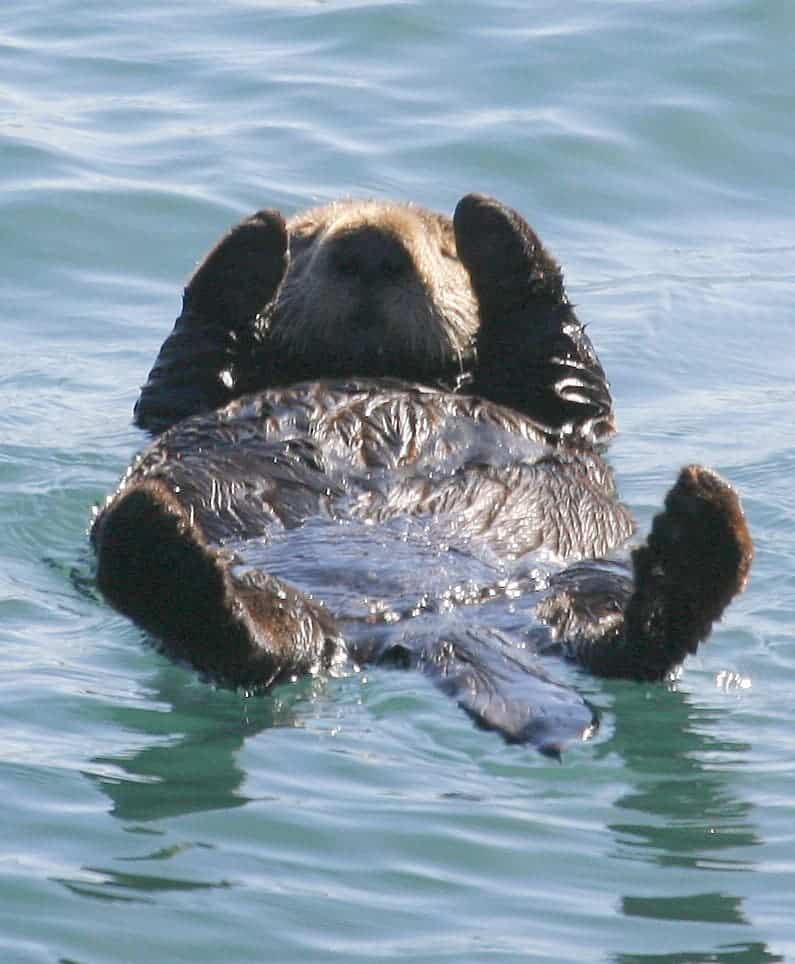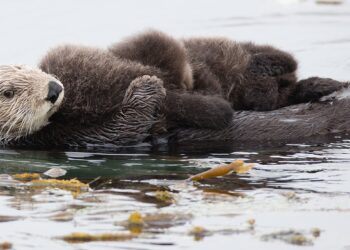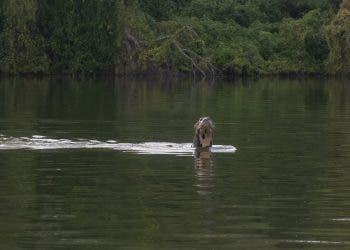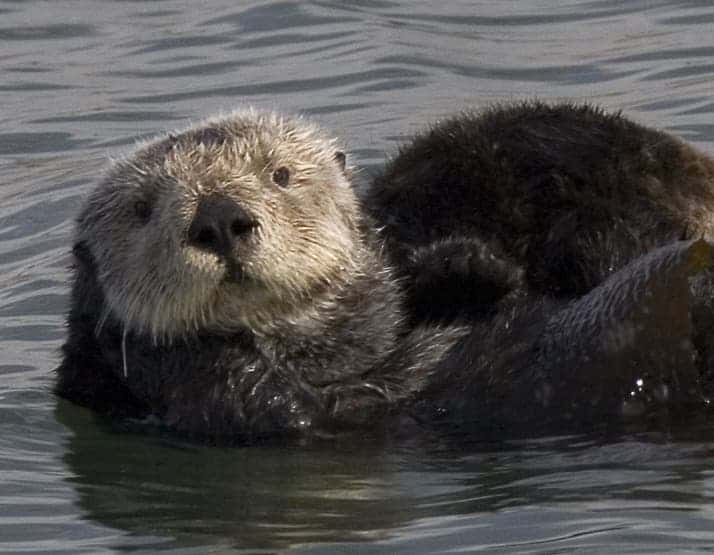Sea otters, the cute creatures which hold hands while napping so they don’t drift away, have made a spectacular recovery. A new report from the US Geological Survey (USGS) has revealed that their population has reached the highest level since 1982, thanks to conservation efforts.

The number of sea otters in California has grown to 3,272 this year, an 11 percent increase since 2013. If this trend is maintained for a couple more years then the species will move away from the “endangered” list, though they will still be considered “threatened.”
“The population is slowly but steadily recovering,” said Tim Tinker, a research biologist in Santa Cruz who leads the USGS’ otter program, in a report from Mercury Times. “And that’s good news because sea otters bring ecological benefits.”
Sea otters are among the smallest marine mammals. They have an exceptionally thick coat of fur, the densest in the animal kingdom with over 250,000 hairs per square inch (6.5 square centimeters), up to a million. Although they can still walk and manage themselves on ground, they spend most of the time in the water where they hunt marine invertebrates and fish. Their resurgence in number was owed in part to the abundance of sea urchins throughout northern and central California – something otters really like to chow on.
However, despite the general trend, some areas still report declining populations. The U.S. Geological Survey said Monday that the animals have a range that spans the coast from Monterey to Cambria and some areas are doing much better than others.
Historically, the number of sea otters has been around 16,000 but has dropped massively due to several factors – most notably fur traders. In the late 1700s and early 1800s Russian, British and American fur traders almost wiped them off. Another problem seems to be, surprisingly, great white sharks. No one is really sure why but in the past decades there has been an increase in the number of otters with shark bites. However, some biologists don’t believe sharks eat otters.
“We don’t think sharks eat otters; they just bite them and spit them out because sea otters don’t have blubber,” said Lilian Carswell, southern sea otter recovery and marine conservation coordinator for the U.S. Fish and Wildlife Service. “There’s not much there, just fur and bones. So they may be really targeting juvenile elephant seals and sea lions and biting otters instead.”






